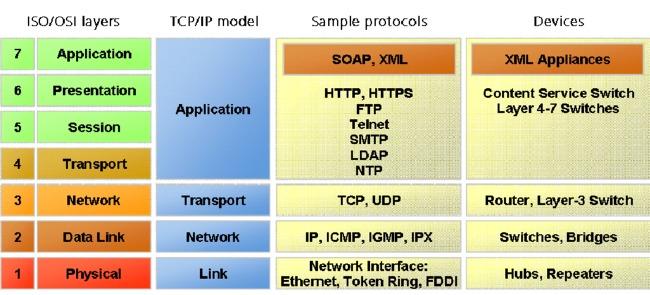streaming the web
--binary json and streaming in javascript
Slides available at bit.ly/hkosc2014-stream
@javascripthk
 HKOSC 2014
HKOSC 2014

 HKOSC 2014
HKOSC 2014

What we are doing here today
For Web
Technologist
- Why streaming
-What you will do to a stream --Encoding/Compression
-Binary JSON -- Smile/UBJSON
Platform-specific --NodeJs / HTML5
-Other stuff in the world --web socket, SPDY
VINCENT LAU

Javascript, Java
Why Streaming
From
user
perspective...
You get it **NOW**
You get **what you want**
Developer perspectives
~unix philosophy
~fx programming
~natural publisher-consumer model
force you to separate your concerns
This is the Unix philosophy:
- Write programs that do one thing and do it well.
- Write programs to work together.
- Write programs to handle text streams, because that is a universal interface.
--Doug McIlroy
non-blocking
Memory
Transform on the fly
we have been doing that in node and javascript!
var server = http.createServer(function (req, res) {
var stream = fs.createReadStream(__dirname + '/data.txt');
stream.pipe(res);
});
Stream in NOdejs

Streaming is an abstraction
HTTP persistent connection?
Encoding Header?
Compression header?
"Bulk write" inside streams? stream.cork in node v0.11
A revision
Ref: http://servicetechmag.com/
Layers of Overhead
A-->JSON-->B
JSON is text!
Binary to textual Encoding
JSON representation -> Minimal!
HTTP
TCP
My Experience
Streaming Large file from Dropbox to ElasticSearch
What will you do on a stream?
Encoding
Compression
Encryption
//** online algorithm **//
Encoding - You HAVE CHOICES
Base64
base85
basE91
YEnc
UUencode
Binary JSON
BinaRY jSON - AGAIN You have Choices
SMILE
BSON
UBJSON
BJSON

Make Sense?
Streaming large binary data with JSON
Why not separate the stream and JSON?
Another overhead
Another overhead
using JSON sometimes provides a more RESTful design
Reuse existing architecture
I hear what you say..
Javascript is unfriendly to binary data

PAST
simulated by treating the raw data as a string and using the charCodeAt() method to read the bytes from the data buffer
ref: Mozilla
Things are getting better
NodeJs - Buffer
HTML5
https://dvcs.w3.org/hg/streams-api/raw-file/tip/Overview.htm
function handler() {
if(this.readyState == this.LOADING) {
var theStream = this.response;
var streamURL = URL.createObjectURL(theStream);
document.getElementById("myVideoTag").src = streamURL;
}
}
var client = new XMLHttpRequest();
client.onreadystatechange = handler;
client.setRequestHeader('customHeader', 'value');
client.setRequestHeader('customHeader2', 'value2');
client.open("GET", "myvideo.h264");
client.responseType = "stream";
client.send();
Call for CODING
javascript parser for SMILE
- C binding for node
- HTML5 / Websocket for browser
https://github.com/Sannis/node-ubjson
Even better FUTURE
Related but not limited to streaming
Libraries - Socket.IO ?
Binaryjs
Websocket
SPDY
WebSocket
WebSocket Protocol is an independent TCP-based protocol. Its only relationship to HTTP is that its handshake is interpreted by HTTP servers as an Upgrade request.[1]
Socket.IO do this
- WebSocket
- Adobe® Flash® Socket
- AJAX long polling
- AJAX multipart streaming
- Forever Iframe
- JSONP Polling
SPDY
Eliminate HTTP's overhead, avoid multiple connections for concurrency
~Transport / Session Layer
reuse HTTP's semantics
Multiplexed requests
Prioritized requests
Compressed headers
Server pushed streams
Other nice STUFF
https://github.com/substack/stream-handbook





